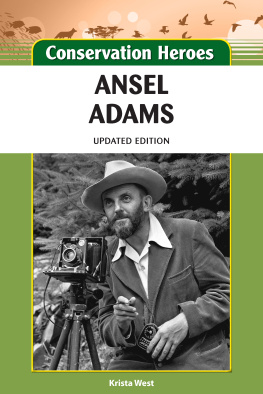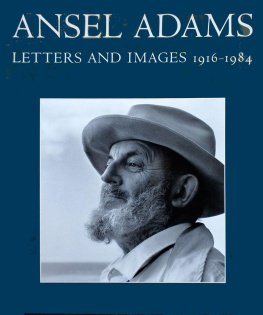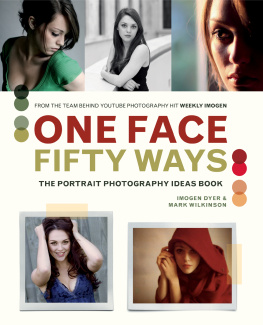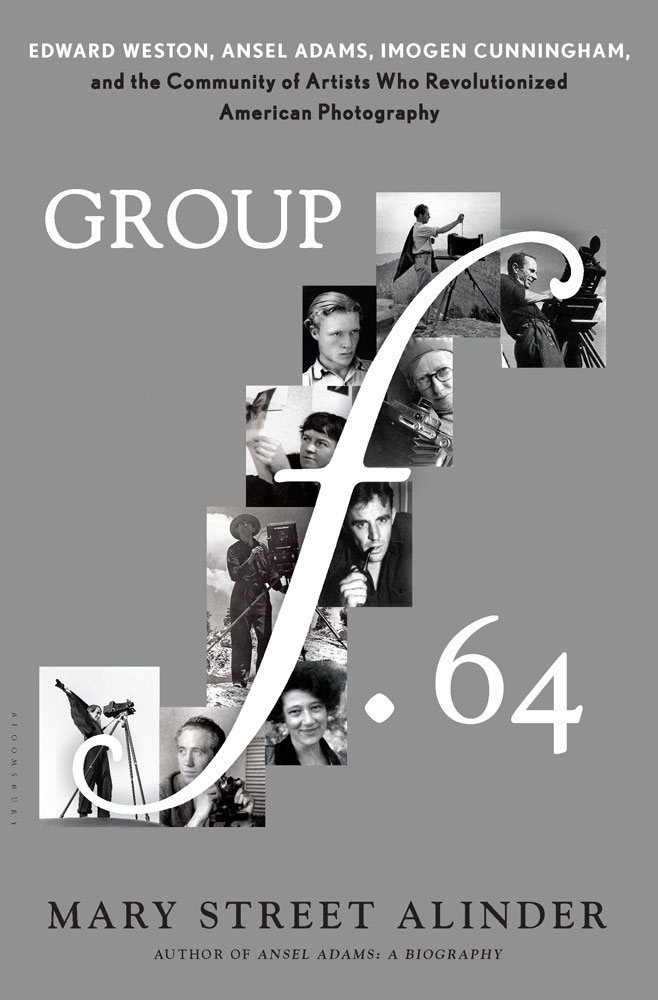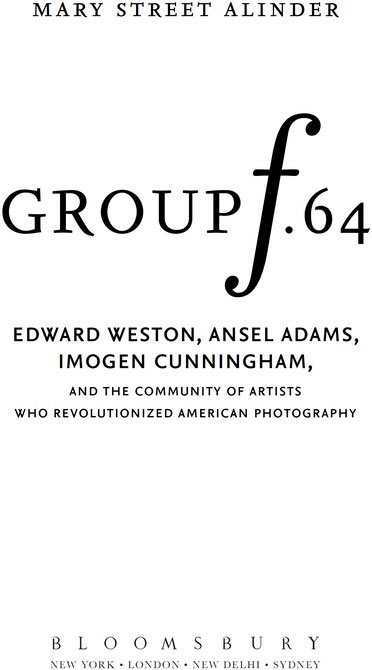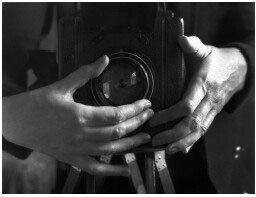Mary Street Alinder - Group f.64: Edward Weston, Ansel Adams, Imogen Cunningham, and the Community of Artists Who Revolutionized American Photography
Here you can read online Mary Street Alinder - Group f.64: Edward Weston, Ansel Adams, Imogen Cunningham, and the Community of Artists Who Revolutionized American Photography full text of the book (entire story) in english for free. Download pdf and epub, get meaning, cover and reviews about this ebook. year: 2014, publisher: Bloomsbury USA, genre: Art. Description of the work, (preface) as well as reviews are available. Best literature library LitArk.com created for fans of good reading and offers a wide selection of genres:
Romance novel
Science fiction
Adventure
Detective
Science
History
Home and family
Prose
Art
Politics
Computer
Non-fiction
Religion
Business
Children
Humor
Choose a favorite category and find really read worthwhile books. Enjoy immersion in the world of imagination, feel the emotions of the characters or learn something new for yourself, make an fascinating discovery.

- Book:Group f.64: Edward Weston, Ansel Adams, Imogen Cunningham, and the Community of Artists Who Revolutionized American Photography
- Author:
- Publisher:Bloomsbury USA
- Genre:
- Year:2014
- Rating:4 / 5
- Favourites:Add to favourites
- Your mark:
Group f.64: Edward Weston, Ansel Adams, Imogen Cunningham, and the Community of Artists Who Revolutionized American Photography: summary, description and annotation
We offer to read an annotation, description, summary or preface (depends on what the author of the book "Group f.64: Edward Weston, Ansel Adams, Imogen Cunningham, and the Community of Artists Who Revolutionized American Photography" wrote himself). If you haven't found the necessary information about the book — write in the comments, we will try to find it.
Group f.64 is perhaps the most famous movement in the history of photography, counting among its members Ansel Adams, Imogen Cunningham, Dorothea Lange, Willard Van Dyke, and Edward Weston. Revolutionary in their day, Group f.64 was one of the first modern art movements equally defined by women. From the San Francisco Bay Area, its influence extended internationally, contributing significantly to the recognition of photography as a fine art.
The group-first identified as such in a 1932 exhibition-was comprised of strongly individualist artists, brought together by a common philosophy, and held together in a tangle of dynamic relationships. They shared a conviction that photography must emphasize its unique capabilities-those that distinguished it from other arts-in order to establish the mediums identity. Their name, f.64, they took from a very small lens aperture used with their large format cameras, a pinprick that allowed them to capture the greatest possible depth of field in their lustrous, sharply detailed prints. In todays digital world, these straight photography champions are increasingly revered.
Mary Alinder is uniquely positioned to write this first group biography. A former assistant to Ansel Adams, she knew most of the artists featured. Just as importantly, she understands the art. Featuring fifty photographs by and of its members, Group f.64 details a transformative period in art with narrative flair.
Mary Street Alinder: author's other books
Who wrote Group f.64: Edward Weston, Ansel Adams, Imogen Cunningham, and the Community of Artists Who Revolutionized American Photography? Find out the surname, the name of the author of the book and a list of all author's works by series.

